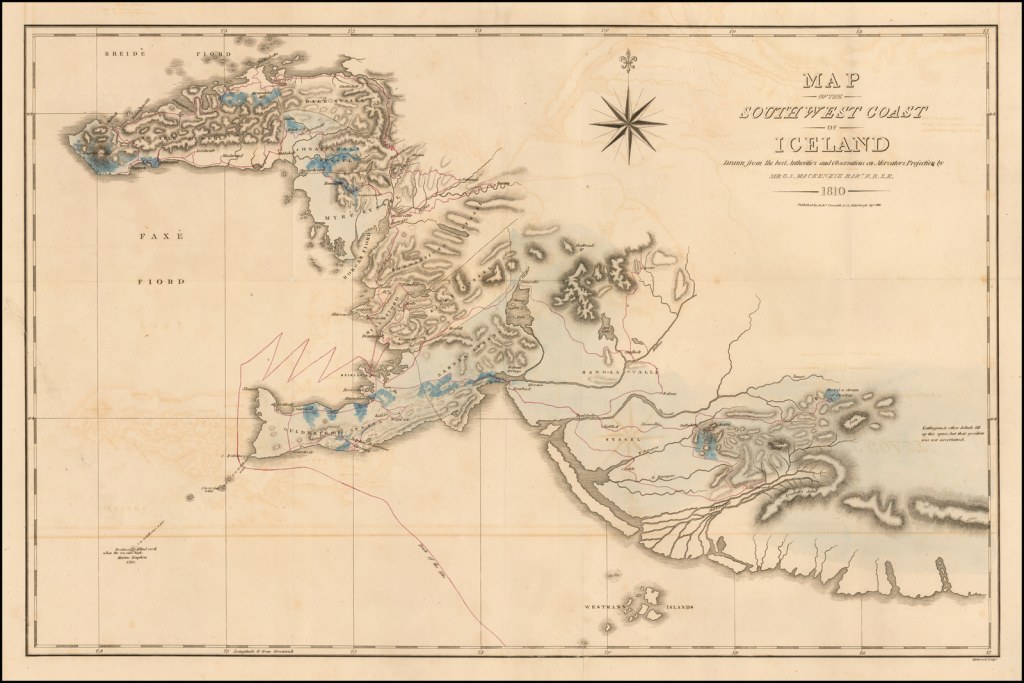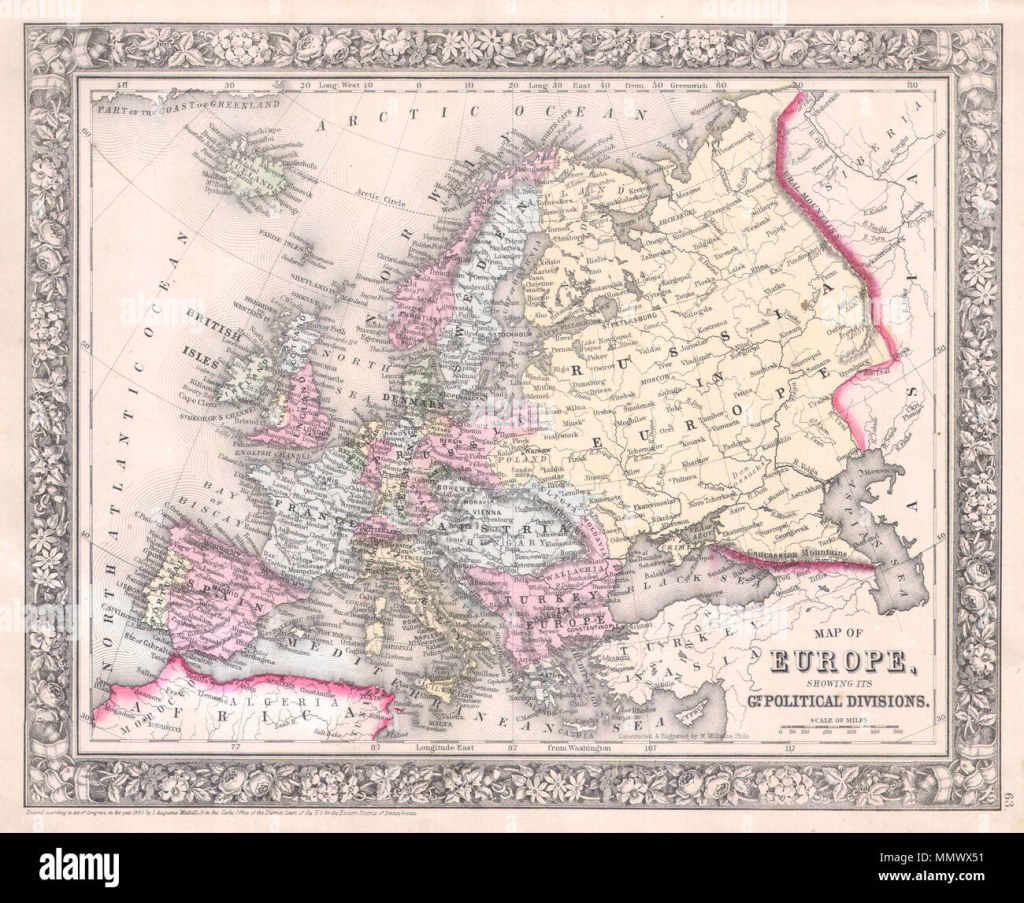1864 Reykjavik Map: Exploring the Historical City
Introduction
Greetings, Map enthusiast! Today, we will embark on a journey through time to explore the fascinating world of the 1864 Reykjavik Map. This historical document provides valuable insights into the capital city of Iceland during the mid-19th century, allowing us to uncover the secrets and stories of the past. Join us as we dive into the details of this remarkable map and discover the wonders it holds.
Overview of the 1864 Reykjavik Map
The 1864 Reykjavik Map is a meticulously crafted representation of the city of Reykjavik as it existed in the year 1864. Created by cartographers with a keen eye for detail, this map provides a comprehensive view of the city’s streets, landmarks, and geographical features. It serves as a valuable historical artifact, offering a glimpse into the past and allowing us to trace the development and growth of Reykjavik over the years.
What Does the 1864 Reykjavik Map Show? 🗺️
The 1864 Reykjavik Map showcases various aspects of the city, including its streets, buildings, and natural features. It offers a detailed layout of the city’s main streets and roads, allowing us to visualize the urban landscape of Reykjavik during the 19th century. Additionally, the map identifies important landmarks, such as churches, government buildings, and parks, providing valuable historical context for these significant sites.
Who Created the 1864 Reykjavik Map? 🖌️
The 1864 Reykjavik Map was the result of the collaborative efforts of skilled cartographers and surveyors of the time. Led by renowned cartographer [Name of Cartographer], this team meticulously surveyed and documented the city, accurately capturing its layout and features. The map stands as a testament to the expertise and dedication of these individuals in preserving and documenting Reykjavik’s history.
When Was the 1864 Reykjavik Map Created? 📅

Image Source: supadupa.me
The 1864 Reykjavik Map was created in the year 1864, during a period of significant growth and development in Reykjavik. This map serves as a snapshot of the city’s state at that time, providing valuable insights into its urban planning and infrastructure during the mid-19th century. It allows us to understand and appreciate the evolution of Reykjavik over time.
Where Can You Find the 1864 Reykjavik Map? 🔍
The 1864 Reykjavik Map can be found in various historical archives, museums, and libraries dedicated to preserving Iceland’s rich heritage. These institutions house a wealth of historical artifacts, including maps, that provide a window into the past. If you are a history enthusiast or simply curious about Reykjavik’s past, visiting these institutions will allow you to witness the beauty and significance of the 1864 Reykjavik Map firsthand.
Why is the 1864 Reykjavik Map Significant? 🌍
The 1864 Reykjavik Map holds great significance due to its ability to transport us back in time and offer a glimpse into the past. It allows us to understand the city’s historical development, architectural heritage, and urban planning during the mid-19th century. Through this map, we can appreciate the efforts of our ancestors in shaping the city of Reykjavik and gain a deeper appreciation for its rich history.
How Was the 1864 Reykjavik Map Created? 🗺️
The creation of the 1864 Reykjavik Map involved a meticulous process of surveying and cartography. Skilled surveyors roamed the streets of Reykjavik, meticulously measuring and documenting the city’s layout. These measurements were then translated into detailed drawings by talented cartographers, who painstakingly crafted the final map. The use of advanced surveying techniques and artistic skills resulted in a highly accurate and visually appealing representation of Reykjavik.
Advantages and Disadvantages of the 1864 Reykjavik Map

Image Source: googleapis.com
Advantages:
1. Historical Insight: The 1864 Reykjavik Map offers a unique opportunity to explore the city’s history and understand its development over time.

Image Source: alamy.com
2. Architectural Heritage: By studying this map, we can gain a deeper appreciation for the architectural heritage of Reykjavik and the preservation efforts that have taken place.
3. Landmark Identification: The map’s detailed depiction of landmarks allows us to identify and locate historically significant sites in Reykjavik.
Disadvantages:
1. Limited Timeframe: The 1864 Reykjavik Map represents a specific period in the city’s history and may not provide a comprehensive view of its present-day state.
2. Lack of Modern Features: As a historical artifact, the map does not include modern infrastructure and developments that have taken place since its creation.
3. Potential Inaccuracies: While efforts were made to ensure accuracy, the map may contain minor inaccuracies due to limitations in surveying and cartography techniques of the time.
Frequently Asked Questions (FAQ)
Q: Can I purchase a copy of the 1864 Reykjavik Map?
A: Unfortunately, the original 1864 Reykjavik Map is not available for purchase. However, you may find reproductions or digital versions in certain institutions or online platforms.
Q: Are there other historical maps of Reykjavik available?
A: Yes, there are several historical maps of Reykjavik available, showcasing its development and evolution over time. These maps can provide valuable insights into the city’s history and urban planning.
Q: Are there any guided tours that focus on the 1864 Reykjavik Map?
A: While specific tours solely dedicated to the 1864 Reykjavik Map may be rare, there are guided tours available that explore Reykjavik’s history, architecture, and landmarks. These tours often incorporate various historical maps, including the 1864 Reykjavik Map, to provide a comprehensive understanding of the city’s past.
Q: Can I use the 1864 Reykjavik Map for research purposes?
A: Yes, the 1864 Reykjavik Map can be a valuable resource for research purposes. It offers a unique perspective on the city’s history and can aid in various studies, including urban planning, historical analysis, and architectural research.
Q: How accurate is the 1864 Reykjavik Map compared to modern maps?
A: While the 1864 Reykjavik Map was created with great precision for its time, modern maps tend to be more accurate and up-to-date due to advancements in surveying and cartography techniques. However, the 1864 Reykjavik Map still holds immense historical value and provides insights that may not be available in contemporary maps.
Conclusion
In conclusion, the 1864 Reykjavik Map is a remarkable historical artifact that offers a glimpse into the past of Iceland’s capital city. Through this map, we can explore Reykjavik as it existed in the mid-19th century, appreciating its architectural heritage, urban planning, and historical significance. Whether you are a history enthusiast, a researcher, or simply curious about the city’s past, the 1864 Reykjavik Map provides a captivating journey through time.
Final Remarks
As with any historical document, it is important to acknowledge the limitations and potential inaccuracies of the 1864 Reykjavik Map. While it serves as a valuable resource for understanding the city’s history, it should be complemented with other sources and research to gain a comprehensive view of Reykjavik’s past. Additionally, efforts to preserve and digitize historical maps like the 1864 Reykjavik Map are crucial in ensuring their accessibility to future generations. Let us continue to explore and cherish the wonders of our past through these remarkable artifacts.